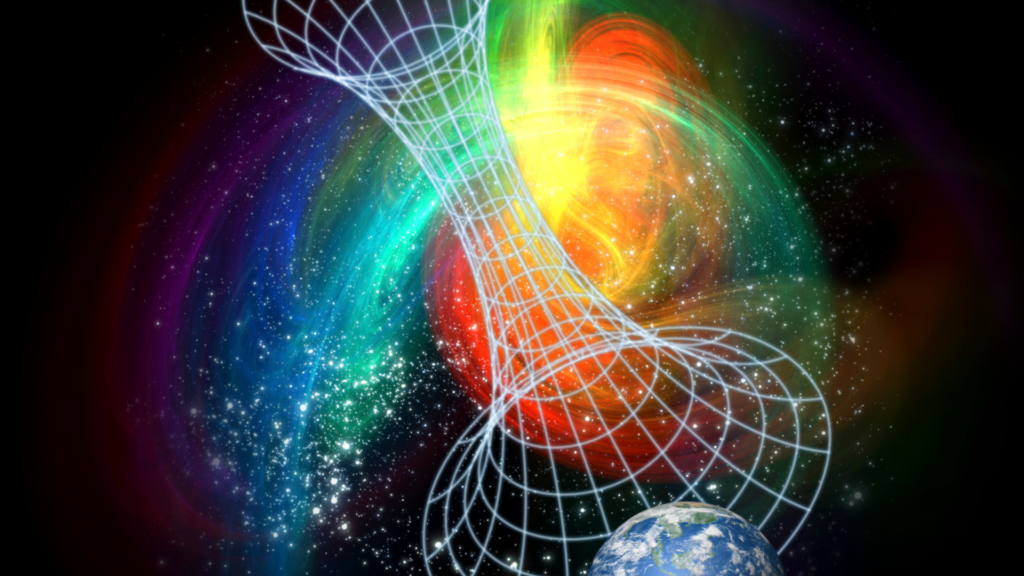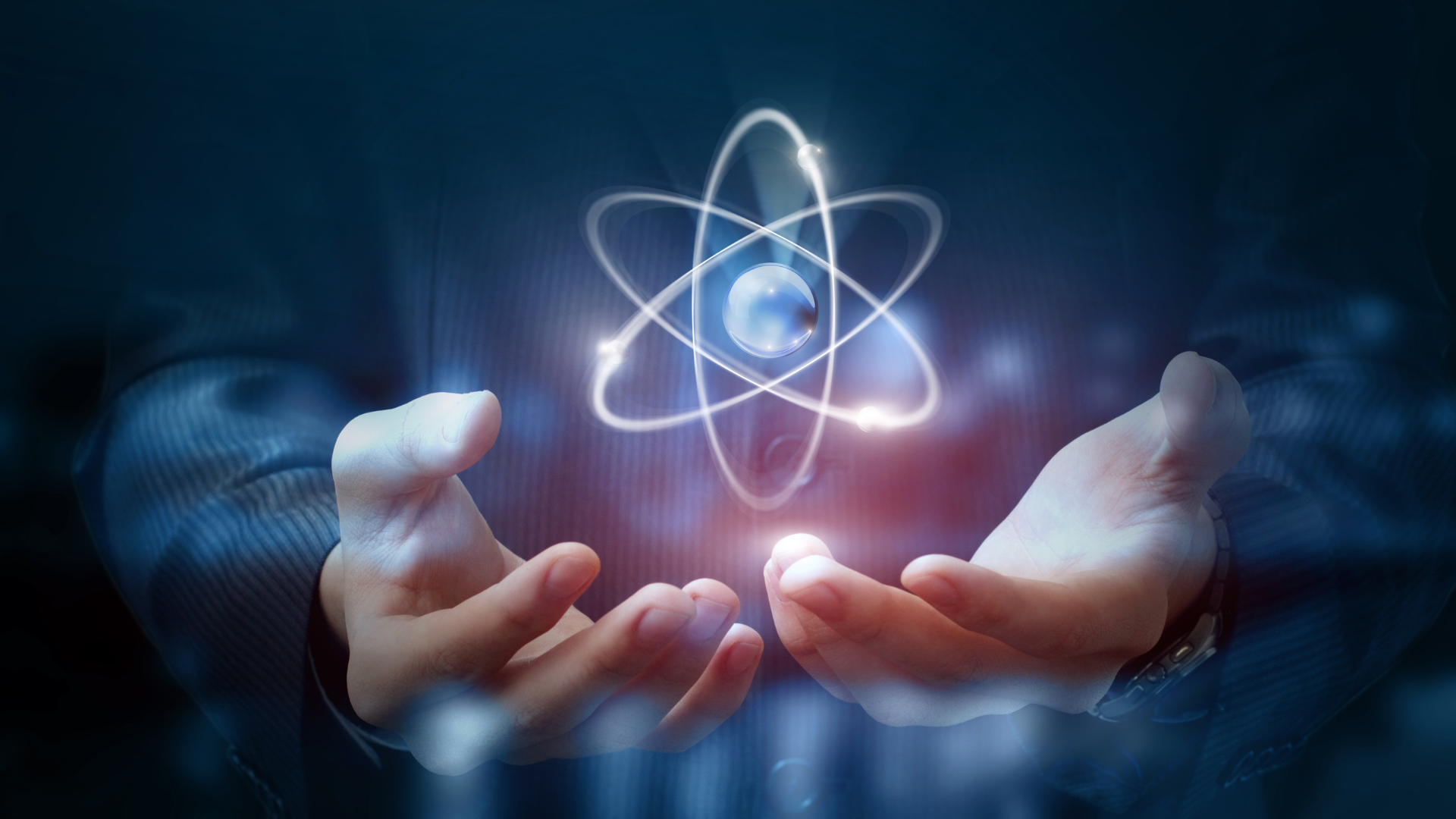By Dhirendra Pratap Singh
“God does not play dice with the universe.”
― Albert Einstein, The Born-Einstein Letters 1916-55
This famous statement of Einstein tells us that there is a reason behind unsolved mysteries of the Universe. Can Quantum AI solve these mysteries? Quantum AI offers a powerful toolkit for scientists to explore the mysteries of black holes, enabling them to tackle complex problems and uncover new insights that were previously beyond reach with classical computational methods. With the help of Quantum AI, researchers are poised to make significant strides in our quest to understand cosmic enigmas.
Technology is evolving at an unprecedented pace. The cell phones we possess now boast more computational power than the mainframe computers that facilitated the moon missions. And as we look ahead, we’re on the brink of a quantum leap in technology, where quantum computers will revolutionize and enhance the capabilities of classical computing systems.
Classical computers rely on bits, which are essentially binary switches representing either a 0 or a 1. This binary system has been incredibly effective and forms the foundation of nearly all modern computing systems. However, there are certain complex problems, particularly in fields like cryptography, optimization, and simulating quantum systems, where classical computers face significant challenges. These problems often involve a vast number of possibilities that can exponentially increase the computational time required to find solutions. Such problems could take classical computers decades or even longer to solve due to their exponential growth.
Quantum computers can solve things that classical computers simply cannot do today. It can lead to — better drug discovery — or enhance the stock portfolio or even artificial intelligence.
An ideal quantum computer can break the encryption standards we use today by finding prime factors of a large integer in just minutes instead of the thousands of years it would take for a classical computer to do.

The question is: Who’s involved in this race to perfect quantum computers? And the answer is: everyone. All the big players are part of this race because if they’re not, Silicon Valley could become the next Rust Belt.
The implications of quantum computing for security are profound. Quantum computers have the potential to break widely used encryption methods, such as RSA and ECC, which are currently considered secure due to the difficulty of factoring large numbers into their prime components. That’s why all national governments are following this very closely.

Quantum computers will change everything, the economy, how we solve problems, the way we interact with the Universe.
Charles Babbage’s work on the Analytical Engine indeed laid the groundwork for modern computing. His mechanical computer, designed in the 19th century, was an ambitious attempt to automate complex calculations using gears, levers, and pulleys. Although Babbage’s machine was never fully completed during his lifetime, it demonstrated the potential for automated computation and inspired future generations of computer scientists.
However, during World War II, Babbage’s mechanical computer was deemed too primitive for breaking complex codes, such as the German Enigma code. Instead, mathematicians like Alan Turing played a crucial role in breaking codes through the use of more advanced methods, including the development of electronic computing machines. Turing’s work laid the foundation for modern digital computers and codified many principles of computation. Now, the digital revolution is based on transistors. It operates on zeros and ones, zeros and ones at the speed of electricity. Every digital computer is a Turing machine.
The next step beyond digital computers is the quantum era. Richard Feynman was one of the founders of quantum electrodynamics, but also a visionary. And he asked himself a simple question: How small can you make a transistor? And he realized that the ultimate transistor is an atom, one atom that could control the flow of electricity, not just on or off, but everything in-between.
We have to go to quantum computers, computers that compute on atoms rather than on transistors. Transistors are based on zeros and one, zeros and one. Reality is not. Reality is based on electrons and particles, and these particles in turn act like waves. So, you have to have a new set of mathematics to discuss the waves that make up a molecule, and that’s where quantum computers come in.
They’re based on electrons, and these electrons, how come they have so much computational power? Because they could be in two places at the same time- that’s what gives quantum computers their power.

Schrodinger’s Cat experiment
Schrodinger’s cat is indeed a famous thought experiment that illustrates some of the strange and counterintuitive aspects of quantum mechanics, particularly the concept of superposition. In the thought experiment, a cat is placed in a sealed box along with a radioactive atom and a device that will release poison if the atom decays. According to quantum mechanics, until the box is opened and an observation is made, the cat’s state is described by a quantum superposition of being both alive and dead simultaneously. This scenario highlights the concept that quantum particles, such as the radioactive atom in this case, can exist in multiple states simultaneously until a measurement is made.

This summarizes the power of quantum computers. Quantum computers compute on parallel universes. That’s why they are so powerful. So, how much faster is a quantum computer over a digital computer? In principle, When we talk about digital computers, we can measure their power in terms of bits.

This ability of Superposition to exist in multiple states simultaneously is what gives quantum computers their potential for exponential computational power.
While a classical computer processes one set of binary information at a time, a quantum computer can process many possible combinations of information simultaneously due to superposition. Thousands of qubits can now be modeled with the latest generation of quantum computers. Eventually, we hope to hit a million. And so, we’re talking about exceeding the power of ordinary digital computers. It is the point at which a quantum computer can outrace and outperform a digital computer on a certain task. We passed that several years ago, but we want a machine that could exceed the power of any digital computer. We’re not there yet, but we’re very close to it.
The Challenge:
The primary challenge confronting quantum computers is the issue of ‘decoherence.’ Quantum computing relies on particles such as electrons, which exhibit wave-like behavior. When these waves synchronize, it’s termed ‘coherence,’ enabling quantum mechanical calculations. However, when coherence is lost, the vibrations occur at varied frequencies, resulting in what we refer to as ‘noise.’
You have to reduce the temperature down to near absolute zero so everything is pretty much vibrating slowly in unison- that’s difficult. Now, nature solves this problem: It is the basis of all life on the earth. Photosynthesis, for example, is a quantum mechanical process.

Applications of Quantum AI:
Precision Agriculture: Quantum AI can enhance precision agriculture techniques by optimizing resource allocation, crop selection, and pest management strategies. This could improve agricultural productivity while minimizing environmental impact, contributing to food security and sustainability.
Using quantum computers to unlock the secrets of nitrogen fixation for fertilizer production is a fascinating application with significant potential implications for agriculture and sustainability. Nitrogen fixation is a critical process in which atmospheric nitrogen (N2) is converted into ammonia (NH3) or other nitrogen-containing compounds that can be used by plants as nutrients.
Carbon Capture and Sequestration: Quantum computing can facilitate the development of more effective carbon capture and sequestration technologies by simulating complex chemical reactions and materials properties. This could play a crucial role in mitigating greenhouse gas emissions and combating climate change.
Quantum computers may be able to create fusion power by stabilizing the super hot hydrogen inside a fusion reactor. And take a look at medicine. You realize that life is based on molecules, molecules that can create Alzheimer’s disease, Parkinson’s disease, cancer. These diseases are beyond the reach of digital computers. But yes, this is what quantum computers do.
We can use quantum AI to cure previously incurable diseases. By modeling the quantum behavior of molecules and proteins involved in disease pathways, researchers can identify novel therapeutic targets and design more effective drugs with higher specificity and fewer side effects. Quantum AI algorithms can analyze large-scale genomic and clinical datasets to personalize treatment strategies for individual patients. By identifying genetic markers, biomarkers, and other factors associated with disease progression and treatment response, quantum AI could enable healthcare providers to tailor therapies to each patient’s unique biological profile, maximizing efficacy and minimizing adverse effects.
editor@ictpost.com
Do you Know?
What is superposition. In classical computing, bits can only exist in one of two states: 0 or 1. However, qubits, the basic unit of quantum information, behave differently. Qubits can exist in a superposition of states, meaning they can simultaneously represent both 0 and 1, as well as any linear combination of these states.








